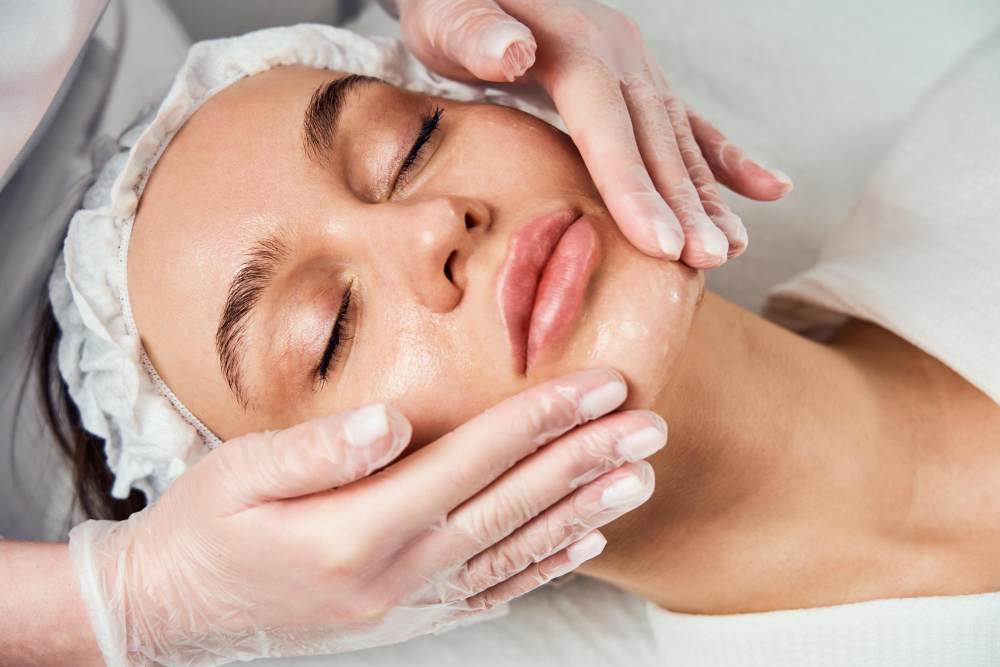
What Are Chemical Peels?
Chemical peels are treatments that remove damaged outer layers of the skin to improve texture, reduce scarring, and eliminate blemishes. These peels range from mild to deep and are categorized into three main types:
- Alpha hydroxy acid (AHA) – light peel for gentle exfoliation
- Trichloroacetic acid (TCA) – medium-depth peel for more noticeable skin renewal
- Phenol – deep peel used for more dramatic skin resurfacing
The strength and type of peel are customized for each patient’s skin type and goals. Chemical peels can also be combined with other cosmetic procedures, such as facelifts, for enhanced results. In certain cases, peels performed for medical reasons may be covered by insurance.
Where Chemical Peels Are Performed
Chemical peels are typically done in a plastic surgeon’s or dermatologist’s office, or at an outpatient surgical center. General anesthesia is not needed, as phenol and TCA have anesthetic properties, and AHA peels cause only mild stinging.
Chemical Peel Procedure
For TCA or Phenol Peels: The skin is thoroughly cleansed before the chemical solution is applied. Patients may feel a brief stinging or burning sensation. After a phenol peel, petroleum jelly or waterproof tape might be applied to help with healing.
For AHA Peels: The skin is also cleansed, and the AHA solution is applied. No ointment or protective covering is typically required afterward.
Side Effects of Chemical Peels
TCA and Phenol Peels: These deeper peels may cause throbbing, tingling, redness, crusting or scabbing, and noticeable swelling lasting about a week, depending on the peel’s strength. In the case of a phenol peel, swelling can be more intense—eyes may temporarily swell shut, and patients might be advised to follow a liquid diet and limit talking. Any tape used is usually removed after one to two days.
AHA Peels: These light peels may lead to temporary stinging, redness, irritation, flaking, or crusting of the skin.
Post-Peel Care
After any chemical peel, it is crucial to protect the skin from sun exposure to support proper healing and avoid further skin damage.
